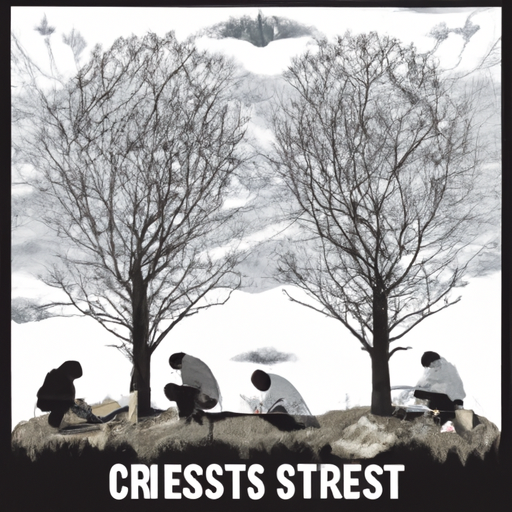The Ongoing Opioid Crisis in Canada: A Deep Dive into Alberta’s Drug Policy
There is a growing alarm in Canada regarding the rampant abuse of opioids. The crisis has led not only to alarming levels of addiction but also a steep rise in fatal overdoses. Today, we shine a spotlight on Alberta’s drug policy and its response to this pressing issue. For an in-depth look into the topic, you can refer to this National Post news article.
The Scope of the Opioid Crisis in Canada
Canada is grappling with an opioid crisis that is growing in both scale and severity. More than 10,300 Canadians lost their lives to apparent opioid-related deaths between January 2016 and September 2018. Among provinces, Alberta has been deeply affected. The provincial government has called for federal assistance in handling the crisis and is pushing for a national strategy to deal with opioid misuse.
The Impact of the Opioid Crisis
The opioid crisis is creating ripple effects that are of significant concern. Not only does this crisis wreak havoc on the lives of those directly affected by addiction, but it also impacts families, communities, and the economy in a variety of ways:
- Homelessness: Many people suffering from opioid addictions end up homeless, with limited access to resources and support for recovery.
- Rise in Crime: In a bid to sustain their addiction, some individuals may end up resorting to crime, thereby jeopardizing community safety.
- Public Health Risk: The spread of diseases like HIV and Hepatitis C are made worse through the sharing of needles among drug users.
Alberta’s Drug Policy: A Multi-Faceted Approach
The Alberta government is implementing a multi-pronged approach to tackle this crisis head-on. The primary areas of focus include prevention, treatment, harm reduction, and enforcement.
Prevention
The preventive strategies include awareness campaigns and educational efforts focused on youth. The aim is to increase understanding about the dangers of opioids and dissuade potential misuse.
Treatment
Alberta is investing in treatment facilities providing medically-assisted treatments. This approach combines medications and social supports to help individuals recover from opioid dependency.
Harm Reduction
The province is distributing naloxone kits and providing training on their use. Naloxone can temporarily reverse an opioid overdose and potentially save lives.
Enforcement
Efforts are underway to disrupt the supply chain of illegal drugs. Alberta law enforcement is working in collaboration with the Canadian Border Services Agency to this end.
Seeking Restitution: The Canadian Opioid Abatement Class Action
In addition to these measures, the Alberta government is part of the Canadian opioid abatement class action lawsuit against opioid manufacturers and distributors. The goal of the lawsuit is to recoup costs that the government and health services have incurred because of the opioid crisis. If successful, the funds will be used to help mitigate the effects of the crisis and support recovery initiatives.
In conclusion, the opioid crisis in Canada calls for a thoughtful, concerted, and multi-pronged approach. Alberta’s strategy illustrates several measures that can be taken to curtail the crisis and support those suffering from opioid addiction. The steps taken by the Alberta government, from prevention to enforcement, show a comprehensive plan to tackle this issue. However, the full resolution of this crisis will require involvement from all layers of society, from governmental and medical institutions to individuals and community groups.
